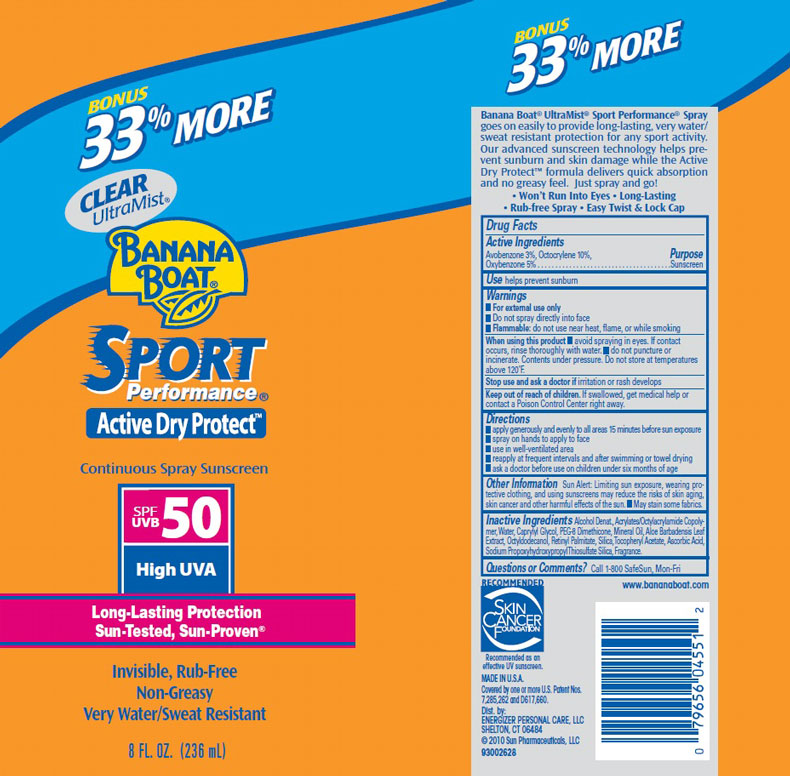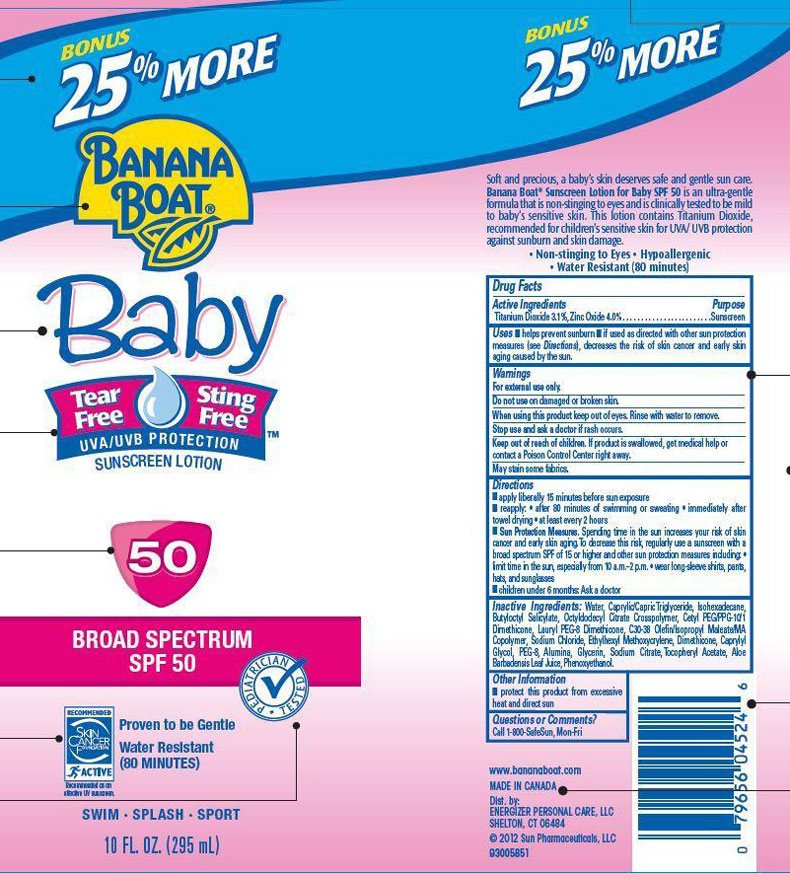Spray Sunscreens Stay In FDA Enforcement Discretion Shade
This article was originally published in The Rose Sheet
Executive Summary
CDER's enforcement policy guidance for OTC monograph sunscreens clarifies that spray sunscreens are included in the agency's enforcement discretion. But CDER closes the door on other dosage forms that it also identified in its 2011 ANPR for whether delivery formats other than lotions, creams or other traditional forms would be eligible for the monograph.
An FDA guidance lifts a cloud of uncertainty hanging over the future of OTC spray sunscreens while also closing a curtain on the use of other non-traditional delivery formats with the products.
The Center for Drug Evaluation and Research on May 22 published an enforcement policy guidance for sunscreens marketed under FDA's tentative final monograph for OTC sunscreens. CDER also published a draft guidance on maximal usage trials (MUsTs) for topical active ingredients being considered for inclusion in an OTC monograph. The MUsTs guidance will have more impact than the enforcement guidance on the chances for additional sunscreen ingredients becoming available in the US (see sidebar below).
In a same-day statement, FDA Commissioner Scott Gottlieb noted that in addition to providing guidance to the industry on enforcement policies and on MUsTs, CDER warned four firms marketing dietary supplements in pills and capsules "purporting to provide protection from the sun that aren’t delivering the advertised benefits" (see sidebar below).
The center states that without a final monograph for OTC sunscreen ingredients and indications, FDA has exercised enforcement discretion to allow marketing of sunscreens because the products do not have approval through the agency's new drug application process. The guidance clarifies that spray sunscreens are included in the agency's enforcement discretion policy along with products formulated as oils, lotions, creams, gels, butters, pastes, ointments or sticks.

While the enforcement guidance clears the way for spray sunscreens to remain available, CDER closes the door on other dosage forms that it also identified in its 2011 advanced notice of proposed rulemaking on whether other formats would be eligible for the sunscreen monograph. The guidance lists these formats as not eligible: wipes, towelettes, powders, body washes and shampoos.
Sunscreens formulated with insect repellents, on the other hand, can remain available. CDER says some required OTC sunscreen labeling may conflict with the Environmental Protection Agency's labeling requirements for insect repellents, but sunscreen marketers should comply "as closely as possible" to FDA's label regulations.
Required Additional Label Information Already Used
In the 2011 ANPR, FDA requested additional data on questions about effectiveness and safety of spray sunscreens and on potential labeling and testing conditions for those products, contingent on receiving additional data that would be needed to allow their classification as GRASE for sunscreens. (Also see "FDA Questions Spray Sunscreen Safety, Efficacy & Monograph Status" - HBW Insight, 27 Jun, 2011.)
The additional information already is used on labels for spray sunscreens marketed in the US, however CDER's guidance removes the uncertainty that FDA left hanging in the 2011 ANPR, which explained that the agency was not convinced spray products were generally regarded as safe and effective, the requirement for inclusion in a monograph.
CDER explains in the guidance that spray sunscreens are compliant when the products' active ingredients are tested as required for the category and they are labeled with information that CDER included in its 2011 ANPR and that is not required for other dosage form sunscreens.
According to the guidance, the additional information, intended to ensure that consumers use sunscreen sprays safely and effectively, comprises this warning,"When using this product keep away from face to avoid breathing it," and these directions:
- "spray liberally [or generously] and spread evenly by hand 15 minutes before sun exposure," (which can replace or be used with the general application statement on directions for other dosage-form products);
- "hold container 4 to 6 inches from the skin to apply";
- "do not spray directly into face. Spray on hands then apply to face";
- "do not apply in windy conditions";
- "use in a well-ventilated area."
Broad Spectrum, SPF Claims
The 2011 ANPR also raised questions regarding broad spectrum and sun-protection factor testing for sunscreens. The guidance states that FDA will continue its enforcement discretion for sunscreens labeled with broad spectrum coverage when the products are compliant with existing requirements for making the claims.

"FDA is aware that not all sunscreen active ingredients provide substantial protection against UVA wavelengths, and that OTC sunscreen products that do not contain certain ingredients are not likely to pass the broad spectrum test criteria," CDER says in the guidance.
Sunscreens that FDA includes in its enforcement discretion policy are not required to have been tested for a broad spectrum indication so long as they do not bear labeling permitted only for formulations that pass the broad spectrum test or "suggests that the product provides broad spectrum protection or helps to decrease the risk of skin cancer or premature skin aging," the guidance states.
The guidance also clarifies that although the 2011 ANPR proposed labeling sunscreens with SPFs higher than 50 as "SPF 50+" or "50 plus," the agency is allowing labeling with higher SPF factors, as for any SPF level, when the values are supported by required testing. (Also see "FDA Considers Capping SPF Values At 50+ Despite Efficacy Data" - HBW Insight, 27 Jun, 2011.)
SIA Passed After 2011 Final Rule
FDA's existing regulations for sunscreen labeling, claims and ingredient testing were included in a final rule that it issued in 2011 along with a draft guidance as well as the ANPR. (Also see "FDA Strengthens Sunscreen Testing And Label Requirements" - Pink Sheet, 20 Jun, 2011.)
The final rule, and a related guidance, did not loosen the logjam of pending proposals that FDA had received from drug firms and other businesses to add ingredients to the tentative final monograph for sunscreens.
FDA's lack of action on the proposals prompted those and other stakeholders, led by the Public Access to SunScreens Coalition, to lobby Congress in 2014 to pass the Sunscreen Innovation Act to set timelines for the agency's evaluations and decisions on sunscreen monograph time and extent applications based on ingredients' use in other countries and but including data from trials to show GRASE for the intended use. (Also see "Sunrise For Sunscreen Innovation Act – FDA Seeks Comment On TEA Decisions" - Pink Sheet, 7 Jan, 2015.)
However, the legislation did not change FDA's standards for showing that an ingredient is GRASE and should be added to a monograph. No additions or changes have been made to the sunscreen monograph under SIA. (Also see "GAO Report Casts Shade On Sunscreen Ingredients' Chances With FDA" - HBW Insight, 20 Nov, 2017.)
In his statement, Gottlieb noted SIA's requirements and FDA's stringent GRASE standards. He said FDA this week issued an SIA-required report to Congress on the agency's progress implementing the act. "I’m pleased to announce that we’ve met all the statutory obligations and deadlines under the act. At the same time, we’ve advanced our scientific standards for evaluating the covered sunscreen active ingredients' safety and effectiveness," he said.
As CDER officials long have maintained, Gottlieb said the agency needs sufficient data from proposal sponsors to show additional ingredients are GRASE. "FDA is encouraging industry to conduct research on additional sunscreen active ingredients that’ll help us answer critical questions about their safety," he said.
Noting another sunscreen regulation axiom CDER officials have stated, the commissioner said sunscreen use has changed since the products' introduction from occasional to frequent, and the agency's evaluation of the ingredients has had to change, too, to look at absorption into skin.
"So our exposure to sunscreens has greatly increased. At the same time, there’s also growing interest in how the active ingredients in sunscreens may be absorbed through the skin. When sunscreens first came on the U.S. market, sunscreen active ingredients were not thought to penetrate the skin. We now have evidence that it’s possible for some sunscreen active ingredients to be absorbed through the skin," he said.
Sunscreen use more frequently and in larger amounts combined with advances in scientific understanding and evaluation methods raise "new questions about what information is necessary and available to support [GRASE] of active ingredients for use in OTC sunscreens," Gottlieb said.
The Consumer Healthcare Products Association says the guidance is needed to sustain consumer access to a variety of sunscreens. "Consumer choice is a critical factor in sunscreen use and consumers currently have access to many safe and effective sunscreen options that provide the highest SPF available in convenient dosage forms, like sprays, to help prevent skin damage and skin cancer. The final guidance is in line with FDA’s original position in the 2011 draft guidance and allows for consumers’ continued access to these products,” said Barbara Kochanowski, CHPA's senior vice president of regulatory and scientific affairs.
